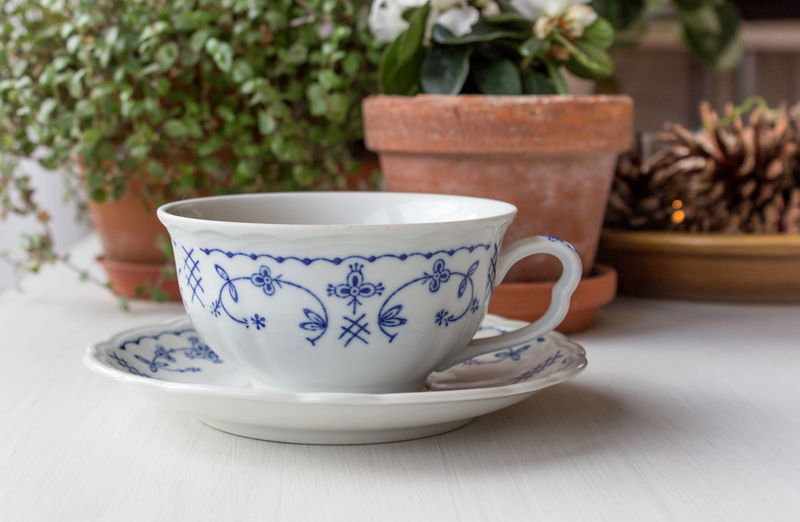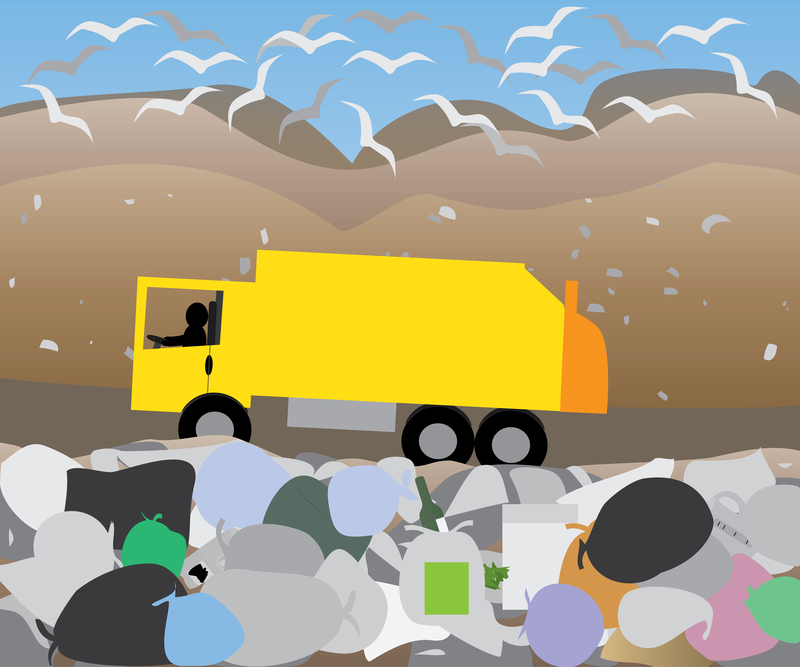How to Reduce Environmental Impact When Disposing of Cookware
Disposing of old pots, pans, and other cookware is an inevitable part of kitchen maintenance. However, reducing the environmental impact when disposing of cookware is a responsibility we must all take seriously. Most traditional disposal methods can harm the environment, increase landfill burden, and waste valuable resources. This detailed guide explains eco-friendly cookware disposal methods and explores how you can make sustainable choices with confidence.
Understanding the Environmental Impact of Cookware Disposal
Every year, millions of tons of kitchen waste end up in landfills worldwide, including obsolete cookware. Cheap nonstick pans, rusty pots, or cracked ceramic dishes often find their way into trash bins, but this common solution comes with environmental consequences:
- Landfill Overflow: Non-biodegradable materials like Teflon, some metals, or plastic handles persist for centuries.
- Dangerous Chemical Leaching: Nonstick coatings and certain metals may leach toxic substances into soil and water, harming ecosystems.
- Resource Wastage: Tossing recyclable materials increases the demand for raw materials and energy-intensive manufacturing.
By choosing sustainable cookware disposal methods, you help lower carbon emissions, prevent pollution, and conserve valuable resources.

Choosing Eco-Friendly Cookware to Minimize Waste
Before disposal even becomes necessary, you can reduce your impact by investing in sustainable cookware. Look for products made with:
- Recycled materials (recycled aluminum, reclaimed stainless steel)
- Minimal or natural coatings instead of toxic nonstick chemicals
- High durability--cast iron, stainless steel, or quality ceramics last decades with proper care
- Brands with take-back or recycling programs
This proactive approach helps delay the need for disposal and encourages circular economy in cookware.
How to Dispose of Cookware Sustainably
When replacement is unavoidable, here are effective ways to reduce the environmental impact of cookware disposal.
1. Assess the Condition: Can Cookware Be Reused?
Before you rush to discard old pans or pots, evaluate their condition. Is the handle loose but repairable? Is there just a bit of discoloration or a small chip in the enamel? If so, you can extend the life of cookware by:
- Repairing: Tighten screws, replace handles, or season cast iron pans to restore functionality.
- Repurposing: Use old pots as planters, tool holders, or decor. A chipped ceramic bowl can become a bird bath or a pet food bowl.
- Donation: If the item is still usable, donate cookware to shelters, charities, community kitchens, or local thrift stores.
Donating or repurposing cookware not only saves space in landfills but also benefits those in need.
2. Recycle Cookware Properly
The most environmentally friendly way to dispose of metal cookware is recycling. Most pots and pans are made from metals that can be easily recycled:
- Stainless Steel
- Aluminum
- Copper
- Cast Iron
Check with your local recycling center regarding their requirements for metal cookware. Remove any non-metallic parts (like plastic handles or glass lids), as these may need to be separated for proper recycling. Labels and screws can often stay, but certain centers may specify otherwise.
Tips for Recycling Cookware:- Contact your municipal recycler or scrap metal yard before dropping off items to confirm acceptance policies.
- Inquire about curbside pickup: Some communities offer scheduled pickups for large or bulky metal items.
- Bundle pots and pans together if possible, to make handling easier.
3. Return to Manufacturer or Participate in Take-Back Programs
Several cookware manufacturers champion eco-friendly initiatives by accepting old products for recycling or refurbishment. Well-known brands may have take-back programs that let you return worn-out cookware when you buy new items.
- Research brand policies. Look online or contact the company to determine if they offer take-back, trade-in, or recycling postage labels.
- Participate in mail-in recycling where available, particularly for brands with dedicated recycling facilities.
- Ask retailers at point of purchase if they will recycle your old products as part of an upgrade or promotional campaign.
4. Repurpose Cookware Creatively
Even if a pan is past its culinary prime, it can serve a new purpose elsewhere in your home or garden. Creative cookware upcycling ideas include:
- Turning old frying pans or pots into wall art or clocks
- Using bakeware as seedling trays or storage for workshop tools
- Creating a bird feeder from a colander or mesh strainer
- Making wind chimes from lids and metal utensils
This approach not only reduces environmental impact but also adds a unique, personal touch to your living space.
5. Avoid Disposing Cookware with Household Trash
Throwing cookware in your regular household garbage is the least sustainable option. Most landfill sites neither process metals efficiently nor separate hazardous materials like nonstick coatings. The result?
- Unnecessary resource loss resulting from non-recycling
- Potential environmental contamination from nonstick or coated cookware
- Increased waste management costs
Make it a rule to never send cookware to landfill unless absolutely necessary.
How to Recycle Different Types of Cookware
Metal Pans and Pots
Most pots and pans consist of metals like aluminum, stainless steel, and cast iron, all of which can be recycled. Remove non-metal attachments and check with your local recycler about specific rules.
Nonstick, Teflon, or Ceramic-Coated Pans
These require extra care. While the metal beneath the coating can usually be recycled, the coating must often be removed (ask your local facility). Some brands accept old nonstick pans for recycling.
Glass or Pyrex Cookware
Standard glass cookware and Pyrex cannot usually go in household recycling bins, as they melt at different temperatures compared to bottle glass. Instead, check for special glass recycling events or facilities, or reuse when possible.
Ceramic and Stoneware
Broken ceramics are rarely accepted by municipal recycling centers. However, some creative uses include:
- Garden mulch for drainage
- Pot plant fillers
- Mosaic materials for art projects
Plastic Kitchenware
Lightweight or inexpensive cookware made of plastic may be marked with a recycling code. Only certain types can be recycled, so check local guidelines and opt for BPA-free, recyclable plastics whenever buying new items.
Special Considerations for Nonstick and Teflon-Coated Cookware
Nonstick and Teflon pans pose particular environmental hazards due to their coatings, which are typically not biodegradable and can leach toxic chemicals if incinerated or left in landfills. Here's the best way to safely dispose of nonstick cookware:
- Contact the manufacturer: Some brands have programs for nonstick pan returns.
- Recycle the base metal: If the recycling center accepts, the metal can often be separated and recycled.
- Research hazardous material disposal events: Some municipalities offer days where you can dispose of chemical-containing products safely.
Eco-Friendly Tips for Reducing Future Cookware Waste
- Invest in high-quality, long-lasting cookware--even though the upfront expense may be higher, the long-term impact is much lower.
- Avoid impulse-buying kitchen gadgets that won't see regular use.
- Maintain and clean cookware properly to extend life. Reseason cast iron, avoid overheating nonstick pans, and store items safely.
- Support brands with sustainability commitments.
Frequently Asked Questions: Cookware Disposal and the Environment
Is it OK to throw away nonstick pans?
It's best to avoid putting nonstick pans in the trash due to chemical concerns. Instead, look for a recycling or take-back option. If you must toss a heavily degraded nonstick pan and have no recycling facility available, wrap it securely to prevent flaking and label it as "nonstick" for waste handlers.
Can I recycle pans with plastic handles?
Plastic handles should be removed prior to recycling. Some facilities may accept pans as-is and separate the materials themselves, but pre-separating speeds up processing and reduces contamination.
What can I do with broken cookware?
If repair or donation isn't possible, broken pots and pans often have value as scrap metal. For ceramics, glass, or composite materials, consider creative reuse before disposal.

Summary: Sustainable Cookware Disposal for a Better World
Modern convenience makes it easy to discard unwanted cookware, but the environmental costs are real and growing. With a little research and creativity, you can significantly reduce your environmental footprint when disposing of cookware. Recycle, reuse, donate, or repurpose old pots and pans--and choose sustainable brands when replacing items. Together, these steps form a responsible, eco-friendly approach to cookware lifecycle management that helps protect our planet for generations to come.
Key Takeaways
- Assess, repair, and repurpose before contemplating disposal.
- Recycle metals and research nonstick options to keep hazardous materials out of landfills.
- Support manufacturers with sustainability programs.
- Prioritize environmental responsibility in every step of the cookware lifecycle.